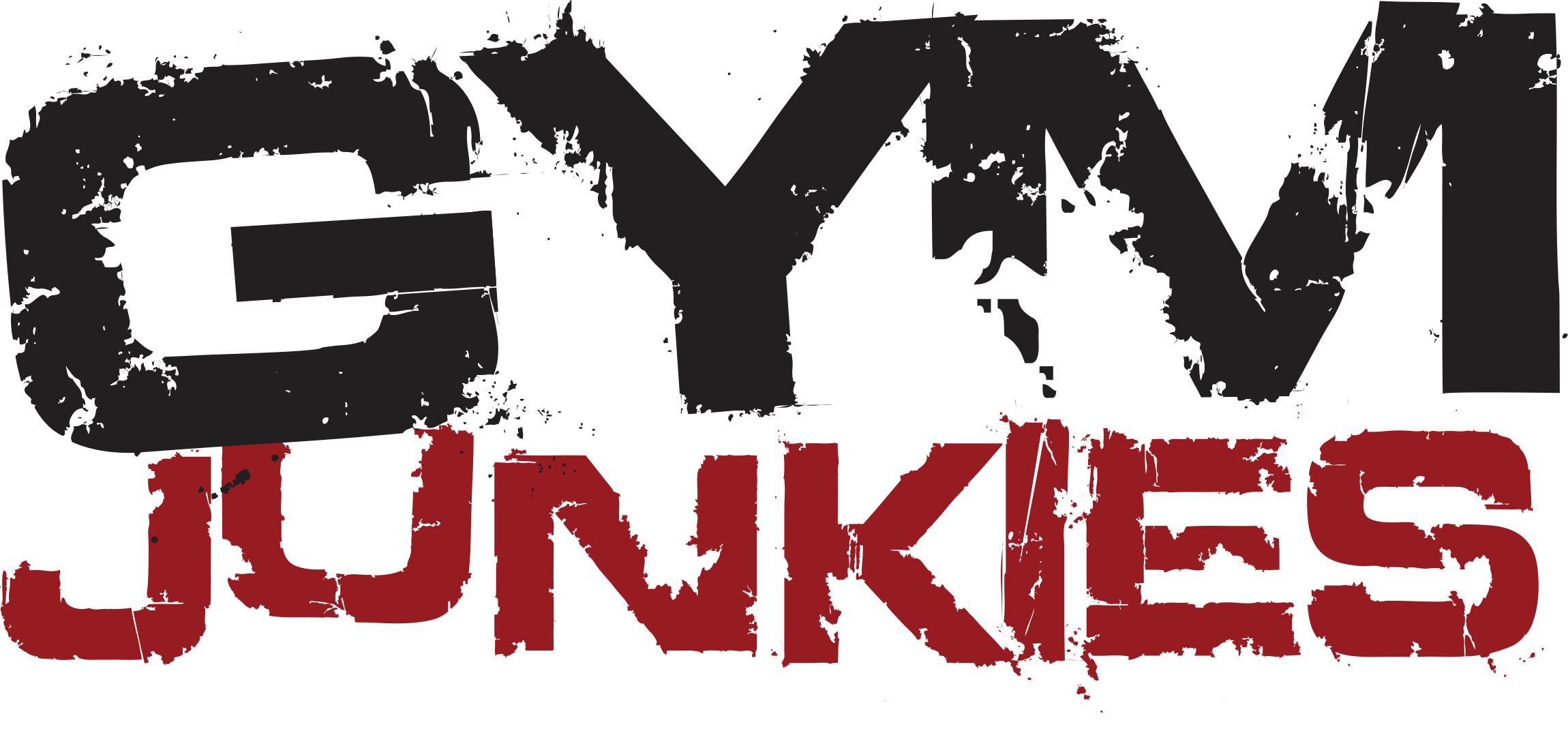
When we work out, it is important to have a plan of what we are going to do. This way you make sure you are training efficiently, progressing, and not overtraining or doing too little. Thus, we need to monitor and plan different variables for our workout program design. These include tempo, rest periods, and frequency.
In this article, we are going to explain each variable and how you can use them when designing your workout plan.
Tempo for Workout Program Design
Tempo is often overlooked, but one of the most important tools for your workouts. Your repetitions and sets are practically useless if you do not control your tempo.
A workout program without tempo is not a good program, because there will be too many variables unaccounted for.
Varying tempo can help change the resistance profiles of the muscles we are working on, manipulate the stimulus applied, and stress where the muscles are targeted.
Tempo Explained
We will look at an example of a tempo to understand how to read it. Let us use (3-0-1-0) for our example. Each number represents time in seconds.
The eccentric is where the muscles are lengthened in the specific exercise, whereas the concentric is where they are shortened.
3 – Time spent during the eccentric part of the exercise
0 – Time spent stretching at the eccentric (bottom)
1 – Time spent during the concentric part of the exercise
0 – Time spent squeezing in the concentric part of the exercise (to)
It is important to know that the beginning position of each exercise varies. Some exercises start with the eccentric portion, others with the concentric.
For instance, a bench press begins with the eccentric portion, where we descend the bar towards our chest. On the other hand, a lat pulldown starts with the concentric movement.
No workout will have the same tempo for every exercise. The exercises vary so much not only in terms of stability, but the resistance profile of the muscles. A dumbbell bench press is an exercise that requires stability, and a four-second eccentric might be applicable. On the contrary, a four-second eccentric does not make sense on a calf press.
Additionally, the second and fourth numbers in the tempo are the extremes of the exercises, the shortened and the lengthened position. We want to take advantage of this and spend time here depending on the stimulus you are trying to achieve.
If you have a lot of zeros at these points of the movement, you are not taking advantage of what you can do with tempo.
Only when you train for neurological (strength) stimuli, do you have less time under tension and more explosive movements.
Moreover, there will rarely be any other number than 1 for the concentric part of the movement. There are very few use cases for this, except for in an explosive movement during strength training.
What Tempo Should I Use?
When doing metabolic and hypertrophy workouts, the time under tension is longer than in the neurological phase. Here we want to accumulate lactic acid and mechanical damage.
For this, we use tempos that allow us to achieve these goals, they can be: (3-0-1-2), (3-1-1-0), and (4-0-1-0).
On the other hand, we have neurological training. Our main goal here is to increase the adaptability of our nervous system. Common tempos for this phase are (3-0-1-0), (3-0-X-0), and (2-0-X-0).
Of course, you can use tempo to emphasize the different resistance profiles of the exercises you are performing.
Some of them will be dominant in the lengthened positions, and others in the shortened. You can get more out of each rep by spending more time either stretching or squeezing at the extremes.
Rest Intervals for Workout Program Design

Sometimes it might be easy to just go hulk mode, doing as much work as possible with little rest. It might sound fancy and feel like hard work, but that is not very effective when it comes to building muscle and losing fat.
Our metabolic state is determined by how long rest periods we have had. Thus, the metabolic state decides how our muscle tissue will respond to the set we are going to perform.
Too little rest can result in a lot of inflammation, which is not good if that is not part of your goal for that workout. In contrast, too much rest can decrease the stimulus we are trying to achieve and in turn affect our nutrient uptake and our body’s ability to adapt.
For this reason, it is necessary to be precise with your rest periods for efficient results.
It can definitely be boring to sit around waiting for your set, but sometimes, it will be beneficial for your results.
What to Consider With Regards to Rest
First of all, it is important to understand that a rest period between two different body parts is not the same as with one body part.
If you are doing a super-set of chest and back, you can get away with lower rest periods than if you were a super-setting only chest.
For metabolic programs, there is little to no rest. We want to achieve a high amount of lactic acid and mechanical damage. You are supposed to be exhausted. Only at the end of a giant set could there be a 1-2 minute rest period in a metabolic workout phase.
By contrast, hypertrophy workouts have longer rest periods than metabolic ones. Somewhere around 30-40 seconds is the rest we typically see in hypertrophy workouts.
Yet, there are many ways to manipulate rest in a hypertrophy workout, so we can program variously different rest intervals. Still, the rest periods should not be all over the place in a specific workout.
Lastly, we have to consider neurological workouts for our workout program design. The rest periods in this phase are very individually dependent, almost more so than the workout plan itself.
The more advanced an athlete is, the more intensity he or she is able to power through in a set.
Therefore, the more powerful you are, the more rest you will need. Where one person needs 2 minutes, another might need 6.
Usually, when the intensity is higher, the rest periods are longer. With intensity, we mean heavier weights and lower repetitions. Likewise, the lower intensity within a set, the lower should the rest periods be.
Training Frequency for Workout Program Design

Finally, we are going to go into training frequency. When we train, there are two main things we want to accomplish. The first is to produce a stimulus that is going to give us the positive response we want, and the second is to be able to recover from it.
When it comes to building muscle, it might be achieving protein synthesis and increasing the nutrient uptake in our cells.
While fat loss it can be an increase in energy expenditure, an increase in the ability to utilize fat, improve in our ability to take up glucose, and even the ability to tolerate more work without the need for extra stress hormone production.
For a beginner, the frequency will be much lower than for an advanced athlete.
We want to do as little work as possible to achieve the intended stimulus. Not because we want to be lazy, but rather, so we have more room for progress.
Therefore, we would be lying if we gave you a specific training frequency you should follow for your workout program design. This is something that has to be individualized and tracked for every single person. It is not only dependent on how advanced you are, but your genetics as well.
What to Keep in Mind When Programming Frequency
It is vital that you keep track of your volume, and do not overdo it or do too little. When you are doing too much volume for the intended stimulus, your execution will be affected. At that point, we start to a sphere outside of our goal.
This does not mean you should not lift the heaviest weight you can but do so according to the prescribed reps, sets, and tempo of that specific workout.
Moreover, you can spread your volume across the week. You do not have to have one day for each specific muscle. In fact, it will be more beneficial to spread out the volume in most cases. This way, the execution for each set and repetition will be better.
For instance, you could train coastal and sternal pecs one day, and clavicular pecs the second day. In the same way, iliac and thoracic lats one day, and lumbar and teres the second day.
This means you could work out several different muscles in one specific workout.
There are so many ways to program frequency, but most importantly, make sure you are achieving the desired stimulus and recovering from it.
Should I Be Sore After Every Workout?

The feeling of soreness is known as delayed onset muscle soreness (DOMS). We usually feel soreness 12 to 48 hours after working out, and it can almost last for a week if it is really bad.
The three causes of DOMS are micro-trauma to our muscle tissues, oxidative stress and a stressing of the myelin layer that forms around our nerves.
Soreness is not necessarily an indicator of the effectiveness of a workout. Again, we need to examine the goal of the workout.
If the goal was mechanical damage and oxidative stress, then we usually expect to be sore. If you are not sore, either you hit the low threshold of the stimuli or you recover fast.
However, if we train for any other stimuli, we want to avoid DOMS. This does not mean that a little soreness will not occur, that is completely normal.
But our goal is then to train as frequently as possible, thus recover as fast as we can.
In other words, we can use DOMS as a guide to see whether we used too much or too little volume for a stimulus. It is by no means the best, or the only marker, as we have sleep, energy levels, and digestion as well. So no, you should not necessarily be sore after every workout.
How Many Times Should You Workout a Day?
This question is very broad and very individually dependent. Depending on if you are a triathlon athlete, soccer player or bodybuilder, it will be very different. For the sake of time, we will focus on bodybuilding.
Working out once with weights and one session of cardio is plenty for most people. You could do your cardio after working out if that is what you prefer or separate it at least 4 hours apart from your weight session.
This can increase to two-day gym sessions a day for very advanced and/or enhanced athletes. They are pushing their bodies very far, and want to pack on tonnes of muscles. Thus, the need for more volume will increase at times. Moreover, their ability to recover will be much better than that of the average gymgoer.
Instead of only focusing on your daily workout, try planning for the whole week, or even over a 4-6 week period for your workout program design.
Conclusion
Three of the most important variables when considering your workout program design include tempo, rest periods, and training frequency. It is important that they are congruent with the planned stimuli for the best results. You can go to the gym, and hammer away at the weights with no programming, but your results, performance, and energy levels will suffer. By programming the variables to fit your intended stimuli, with the proper nutrition and recovery, we ensure continuous progress and a healthy body and mind.
Thanks for reading our article!
– Terry Asher
Terry Asher
Latest posts by Terry Asher (see all)
- Better Family – Product Review Liquid Daily 2 oz - Dec 16, 2024
- Post-Workout Recovery: The Key to Optimal Performance - Nov 25, 2024
- Pre-Workout Supplements – Everything You Need To Know - Nov 18, 2024











ensure continuous progress and a healthy body and mind.
[…] does not mean that an exercise is necessarily bad, but rather that we have better options when we program and design training […]
[…] are improving, then you know to just keep steady. You know you are on the right path, and that your program is on […]